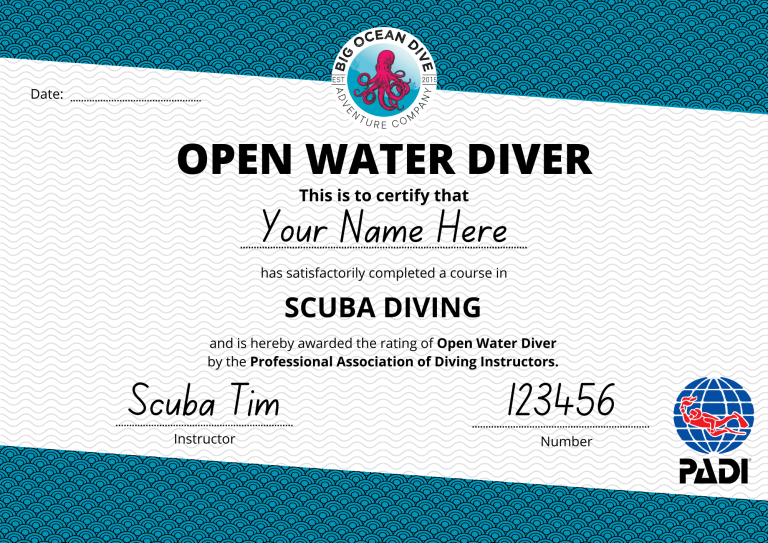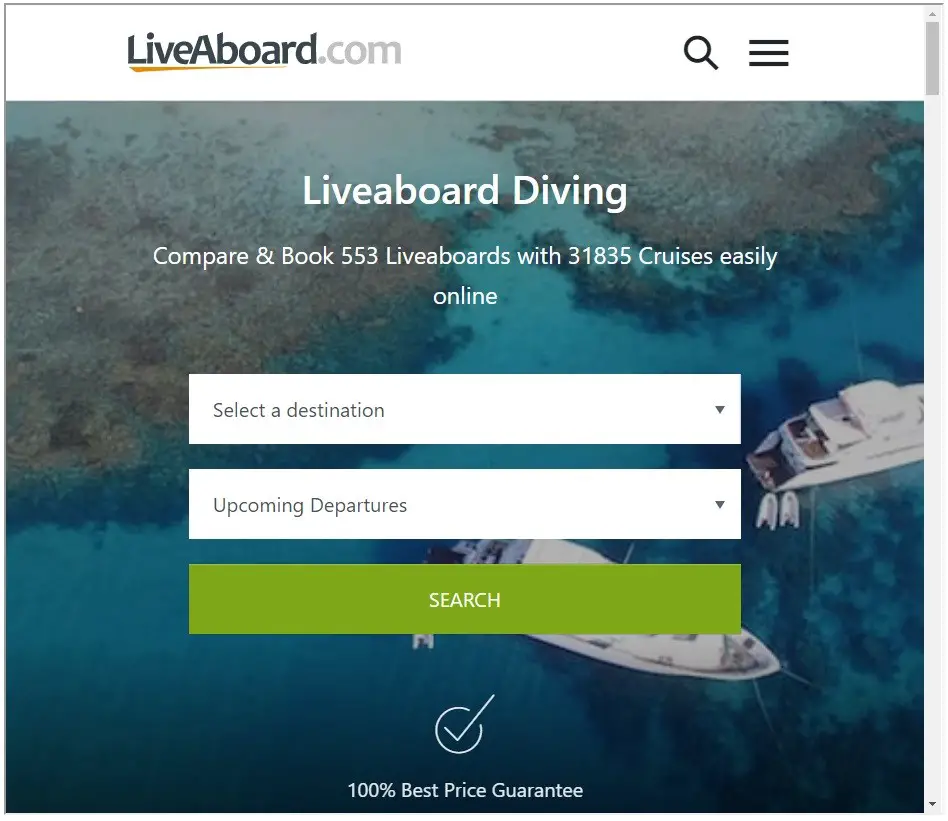Are you ready to plunge into the depths and explore the underwater world? The answer to how far you can descend with an open water certification is more nuanced than you might think, and understanding the limits is crucial for a safe and fulfilling diving experience.
The world beneath the waves holds a captivating allure, beckoning adventurers and curious minds to explore its hidden wonders. But before you take the plunge, it's crucial to understand the guidelines that govern your underwater journey. Your open water certification is the key that unlocks this aquatic realm, but it also comes with responsibilities, and the depth you can safely explore is one of the most important considerations. This article will help guide you through the limits of your certification and explore how to expand your horizons safely.
The information provided here is based on the guidelines of the Professional Association of Diving Instructors (PADI), a leading scuba diving certification agency. Similar guidelines are also in place by other organizations.
The journey of a diver begins with the Open Water Diver certification. This foundational course equips you with the essential knowledge and skills to explore the underwater world safely. However, the depth at which you can dive is limited by this certification. For divers over 12 years of age, the PADI Open Water certification allows for dives up to 18 meters (60 feet). For junior divers, those aged 10 and 11, the maximum depth is restricted to 12 meters (40 feet). These limits are in place to ensure that newly certified divers are operating within a range where they can comfortably manage the potential challenges of underwater environments.
While the Open Water Diver certification opens many doors, it's important to remember that there is no "equivalence" or "crossover" to bypass the need for further training if you wish to dive deeper. The best path to expanding your diving horizons is to continue your education.
The Deep Diver specialty course is designed for divers seeking to push their boundaries. This course equips you with the necessary skills and knowledge to explore depths up to 40 meters (130 feet), the recreational depth limit. Through academic sessions and open water dives, you'll learn to plan and safely execute deep dives. You'll also gain expertise in using dive computers and gas consumption calculations to maximize your bottom time.
Before diving deeper, it is recommended to start with the basic foundation, which is the Open Water Diver course. The Junior Open Water Diver course covers the same information and skills as the Open Water Diver course, but it is designed to be accessible for younger divers, ensuring that everyone has the opportunity to embark on this aquatic adventure. Open Water divers can simply upgrade their certification by ordering a replacement card once they turn 15 years old.
The PADI Advanced Open Water Diver certification provides a pathway to further enhance your skills. With the Advanced Open Water certification, you can reach most dive sites, and most recreational divers are getting this certification to improve their diving skills. This certification requires five specialty dives.
The Scuba Diver course provides a starting point in the diving world. It is basically half the Open Water Diver course, allowing divers to visit some incredible dive sites around the world without repeating the experience. After completing the course, you can dive under the direct supervision of a PADI professional.
You will learn to plan and safely complete your deep diving adventures and use computers and gas consumption calculations to get the most from your deep dives.
This is for your safety and those around you. If you want to safely dive to the recreational depth limit, you should take the padi deep diver specialty course.
The ssi deep diving specialty will teach you all you need to dive to depths between 18 and 40 meters, through a mixture of academic sessions and open water dives.
The recreational depth limit is 40 meters (130 feet). This is the deepest depth allowed for recreational divers. You must take the PADI Deep Diver Specialty course to safely dive to this depth.
The padi advanced open water certification requires five specialty dives and This is the most basic type of scuba diving certification available and allows divers access up to 130 feet (40 meters). It requires two pool sessions lasting two hours each and one open water session lasting four hours total all within 24 hours of taking the course as well as passing a written exam
Let's take a look at how deep you can dive based upon your PADI certification level:
- Junior / Open Water Divers: 40 feet / 12 metres.
- Advanced Open Water Diver: Up to 100 feet (30 meters) with some experience.
- Deep Diver Specialty: 130 feet / 40 metres. This is the recreational depth limit.
If you want to go further with an open water diver course or specialty course, then youll have to visit your nearest open water dive center, which may be further away. You can sign up online or over the phone, but youll need to go in person and complete some open water dives before getting certified.
Bowraven limited is a participant in the amazon services llc associates program, an affiliate advertising program designed to provide a means for sites to earn advertising fees by advertising and linking to amazon.com. Bowraven limited also participates in affiliate programs with maxbounty, clickbank, dive the world, liveaboard.com, awin and
I hope you enjoyed this article about how deep can scuba divers dive. Id love to hear from you. Tell us about your adventures of diving and snorkelling.
- George Eads In 2024 Wife Tattoos Net Worth Career Update
- Unearthing The Funniest 70s Male Comedians You Should Know

![How To Get Scuba Certified Step By Step Guide [2024] Pro Adventure Guide](https://proadventureguide.com/wp-content/uploads/2020/12/OPEN-WATER-DIVER-1.jpg)
